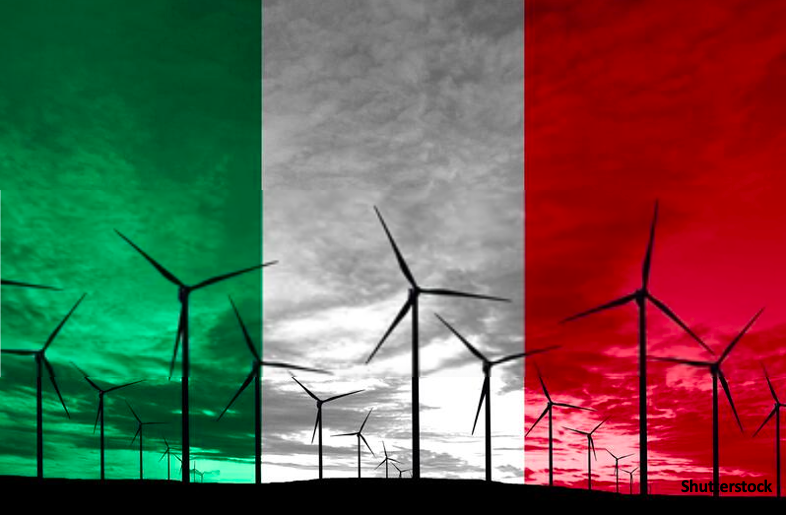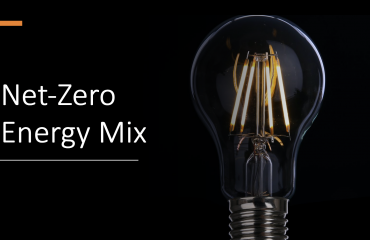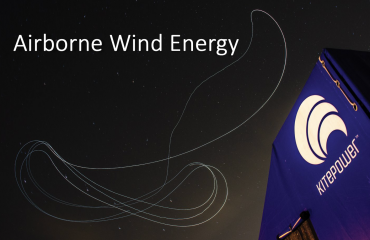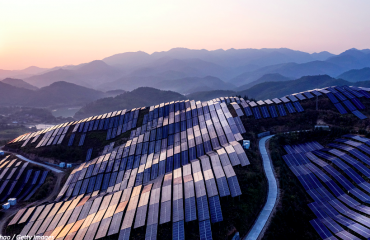
Greenhouse Gas Emissions Reduction: A Key Objective
In the period 1990-2019, total greenhouse gas emissions in Italy fell by 19% (Total CO2 equivalent emissions without land use, land-use change, and forestry), going from 519 Mt CO2eq to 418 Mt CO2eq. A significant part of these comes from transportation (25%), energy production (22%), and residential and agricultural consumption (19%). The reduction represents asignificant result, but is still far from the 2030 and 2050 objectives to reach the new targets of the PNIEC, the Integrated National Energy and Climate Plan and the Italian Green Revolution.
Ambitious Goals of the European Green Deal
With the Paris Agreement, countries worldwide have pledged to limit global warming to 2 ° C, doing everything possible to limit it to 1.5 ° C, compared to pre-industrial levels. To achieve this goal, the European Union, through the European Green Deal, has defined new extremely ambitious energy and climate objectives that will require reducing greenhouse gases (GHG) to 55% in 2030 and climate neutrality in 2050.
Next Generation EU Fund: Support for Recovery
The Next Generation EU (NGEU) fund is a European Union recovery package to support member states hit by the COVID-19 pandemic. Agreed to the European Council on 21 July 2020, the fund consists of €750 billion.
After a positive assessment of the Italian recovery plan, the European Commission has decided to provide € 68.9 billion in grants and € 122.6 billion in loans in the next three years.
Investment in the Italian Green Revolution
The mission with the largest allocation of resources is related to the Italian Green Revolution and Ecological Transition. More than 31% of the total amount of the Plan will be allocated, namely € 69.8 billion; € 23.78 billion will be destined to increase the share of renewable energy, Agrovoltaic systems, smart grid infrastructures, hydrogen infrastructure development, and R&D on green technologies.
Renewable Energy Targets and Simplified Procedures
The current target of renewable energy share for 2030 is 30% of the final consumption.
To achieve this goal, the Italian Green Revolution can leverage the abundance of renewable resources and mature technologies. In the context of the interventions of the PNRR, the government aims to simplify the authorization procedures for onshore and offshore renewable plants with:
- Standardization of the authorization procedures throughout the National territory
- Simplification of procedures for the construction of offshore renewable energy plants
- Simplification of environmental impact procedures
- Incentives for the development of energy storage mechanisms
- Strengthening of private investments (also by lengthening the period for bidding)
Legislative and Infrastructural Modernization: Key to Success
Already in the “Governance of the National Recovery and Resilience Plan and first measures to strengthen administrative structures and accelerate and streamline procedures”, published the 1st of June in the Italian Gazette, the Italian government updated the capacity thresholds (10 MW) for the eligibility to the environmental impact evaluation for those PV plants not located in designed areas. The same applies to stand-alone electrochemical storage plants whose connections don´t require an environmental assessment. Similar simplifications also include vertical modules of Agrivoltaic plants with monitoring systems.
Furthermore, repowering procedures have been simplified for PV, hydro, and wind power plants whose volume and land requirements remain unchanged, regardless of the resulting power output.
Challenges and Opportunities Ahead
Many challenges lie ahead for Italy to reach the goal of climate neutrality in 2050. Still, if done correctly, simplified legislation and infrastructural modernization are the keys to attracting investments and achieving this ambitious goal.
Greater speed is therefore necessary.
Empowering Renewable Energy Developers with Green Dealflow
If you feel tired of the lengthy process of finding investors for your renewable energy projects, we’ve got a solution. Our specialized service matches you with professional investors and off-takers swiftly. With over a decade of experience and a close network in the renewable energy sector, we significantly reduce your transaction time by matching you with ideal investors who meet your criteria. Let’s unlock the full potential of your renewable energy projects.


